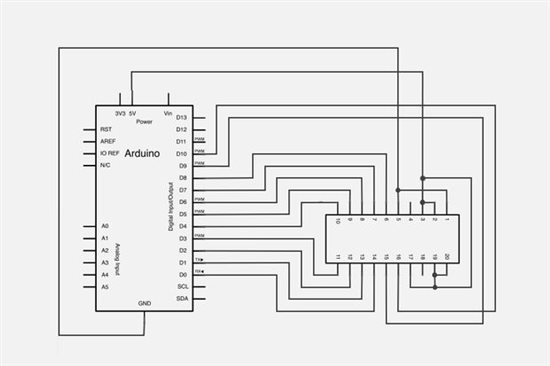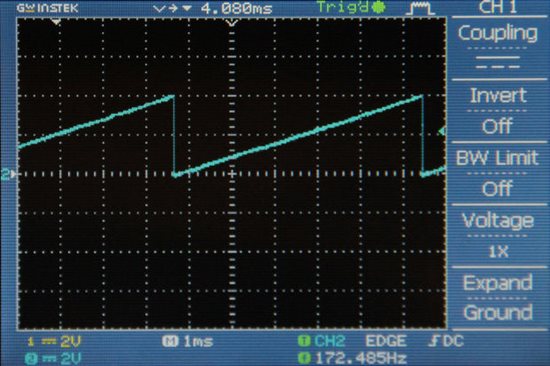I've configured the TLC7528 as suggested in an instructable page here. This essentially feeds 5v to pins OUTA and OUTB and should give a full range of 0-5v at REFA and REFB. However I, and the person who posted the page, only have 4v output. EXACTLY 4/5 of the reference voltage. Can you explain what has been done wrong? I need a working 8-bit DAC 0-5v without the need of a 6.25v reference supply
-
Ask a related question
What is a related question?A related question is a question created from another question. When the related question is created, it will be automatically linked to the original question.






